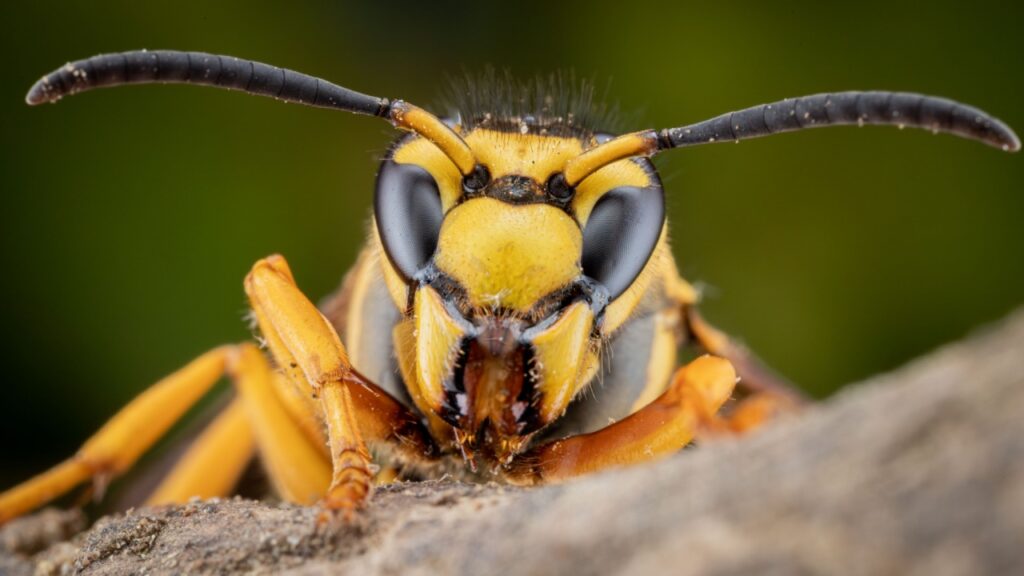Insects are often overlooked due to their small size, but their impact on the world can be enormous. Some insects are particularly dangerous, carrying deadly diseases or possessing venomous stings. This list explores twelve of the deadliest insects on the planet and pinpoints where you’re most likely to encounter them. Knowing where these tiny but lethal creatures reside can help you avoid unwanted and dangerous encounters.
1. Anopheles Mosquito
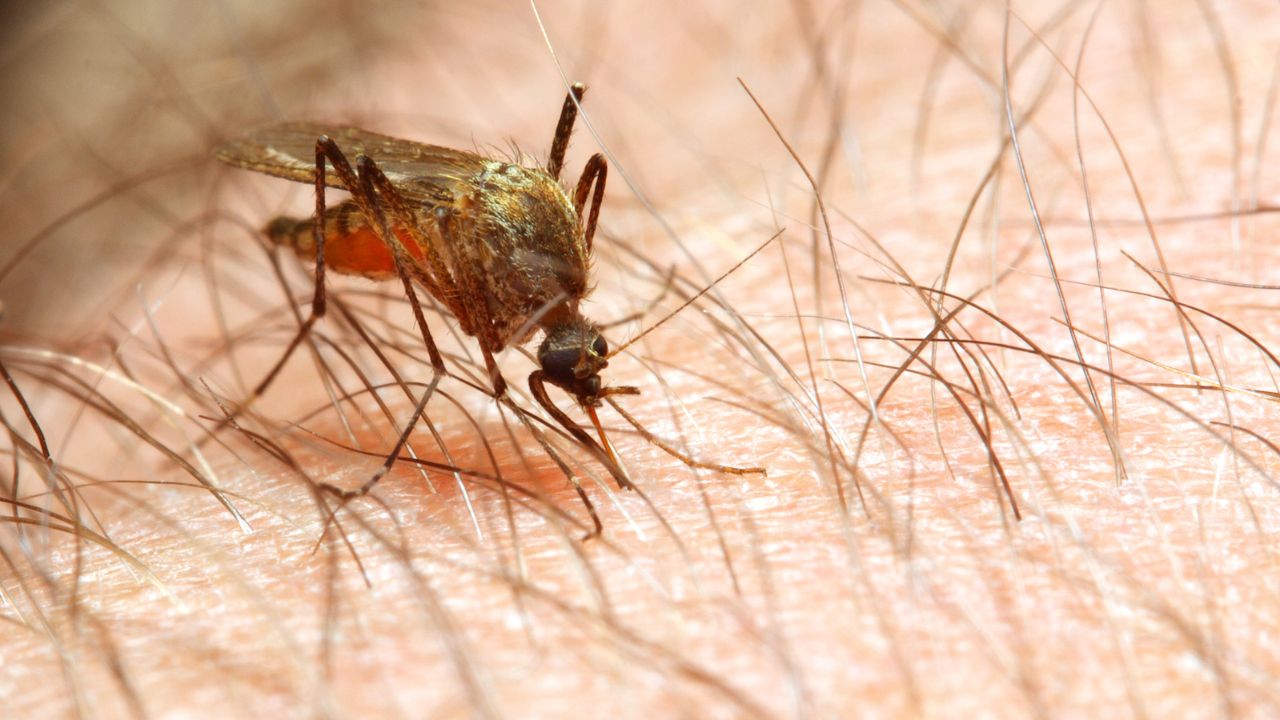
The Anopheles mosquito is infamous for spreading malaria, one of the deadliest diseases in human history. These mosquitoes are primarily found in tropical and subtropical areas, particularly in sub-Saharan Africa where malaria cases are heavily concentrated. Avoiding areas with stagnant water, especially during the evening and night, is crucial to preventing bites.
2. Aedes Mosquito
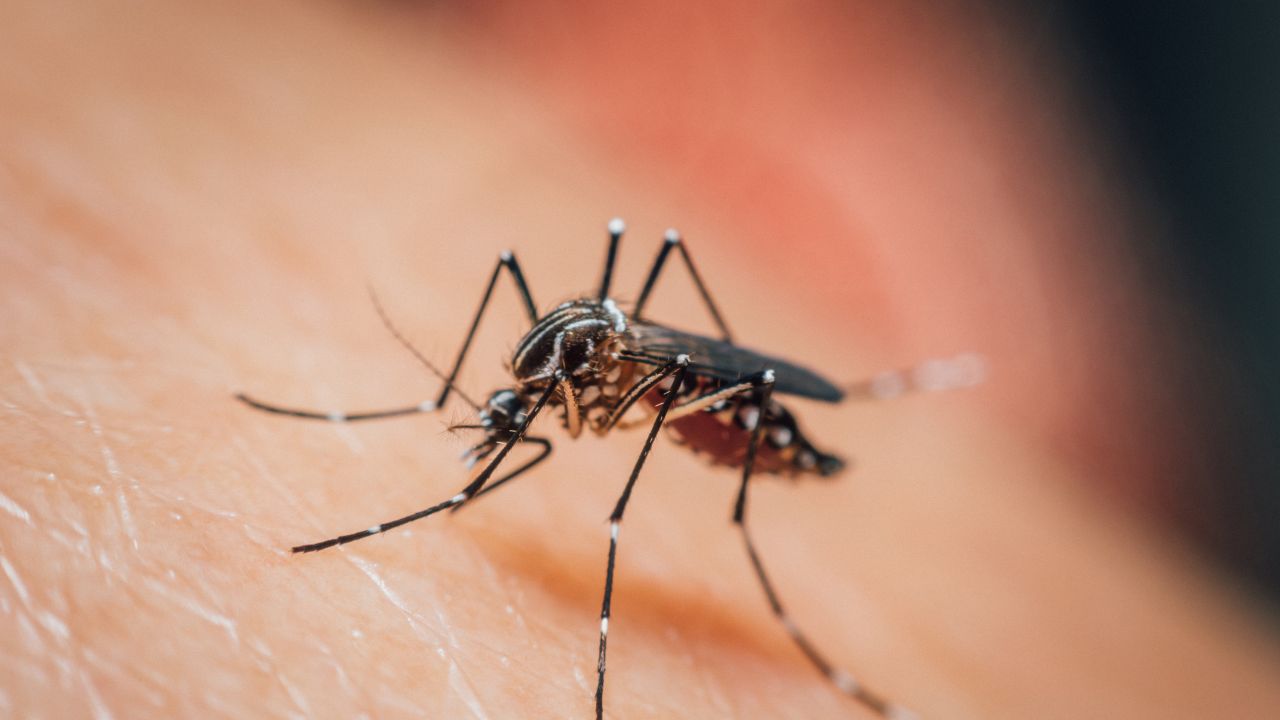
The Aedes mosquito is a key vector for transmitting viruses like dengue, Zika, chikungunya, and yellow fever. They are prevalent in tropical, subtropical, and some temperate climates, thriving in urban and suburban areas where standing water is common. Effective control measures include eliminating water-filled habitats and using insect repellents.
3. Tsetse Fly
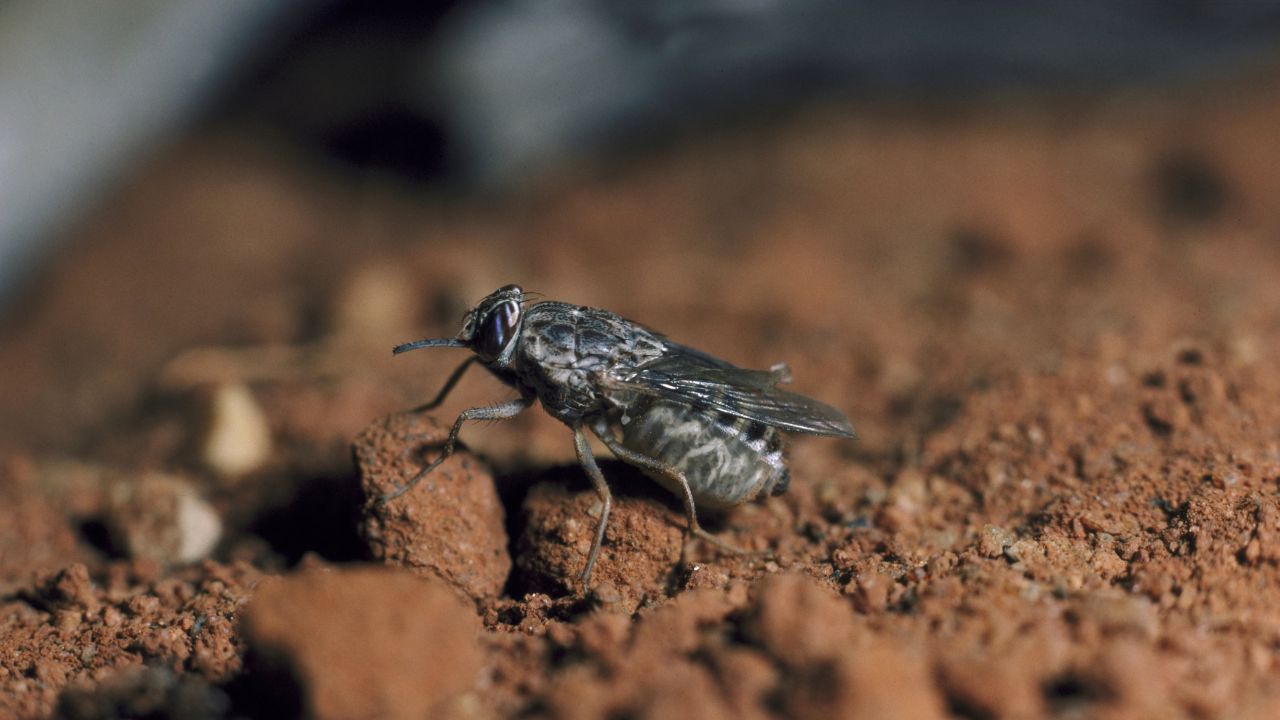
Native to much of midcontinental Africa between the Sahara and the Kalahari Deserts, the tsetse fly is the sole vector of trypanosomiasis, or sleeping sickness. This disease can be fatal if not treated. Tsetse flies are typically found in rural, wooded areas and are active during warm, sunny conditions when they hunt for blood meals.
4. Asian Giant Hornet
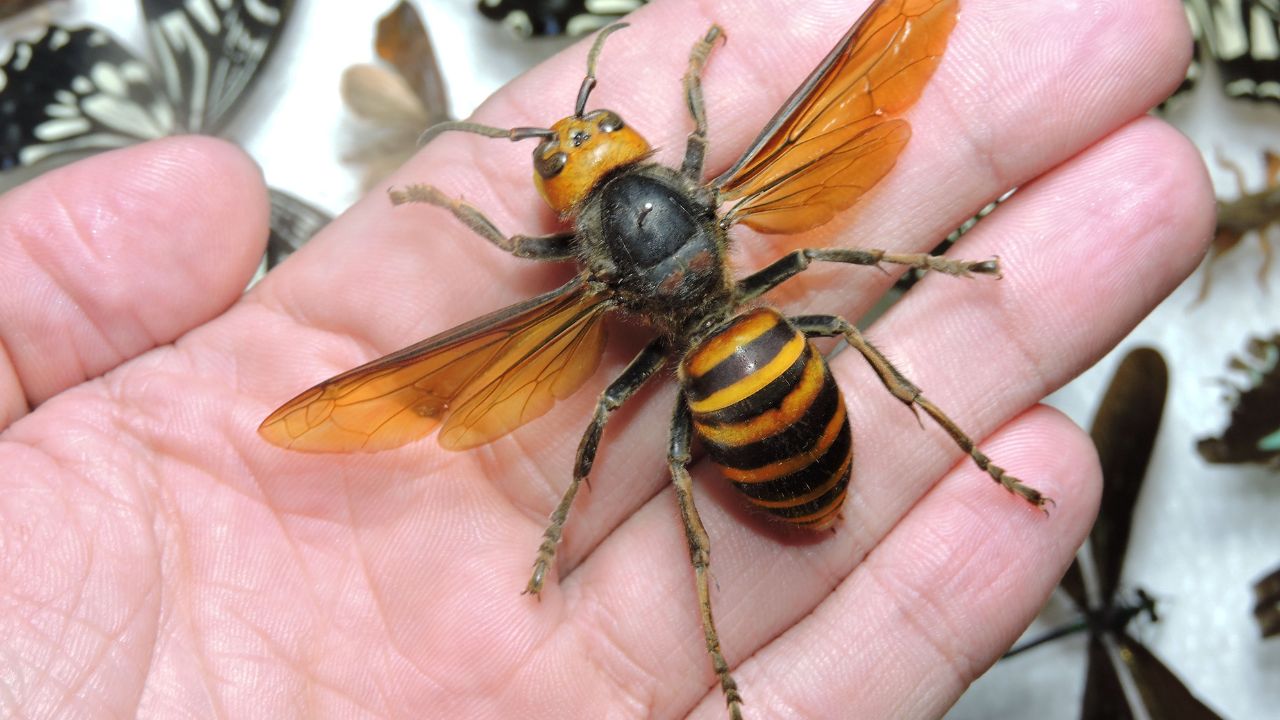
Also known as “murder hornets,” these large insects can deliver a potent venom through their stings, which is especially dangerous to allergic individuals. They are predominantly found in East Asia and parts of the Russian Far East, but recent sightings have also been reported in North America, particularly in the Pacific Northwest.
5. Fire Ant
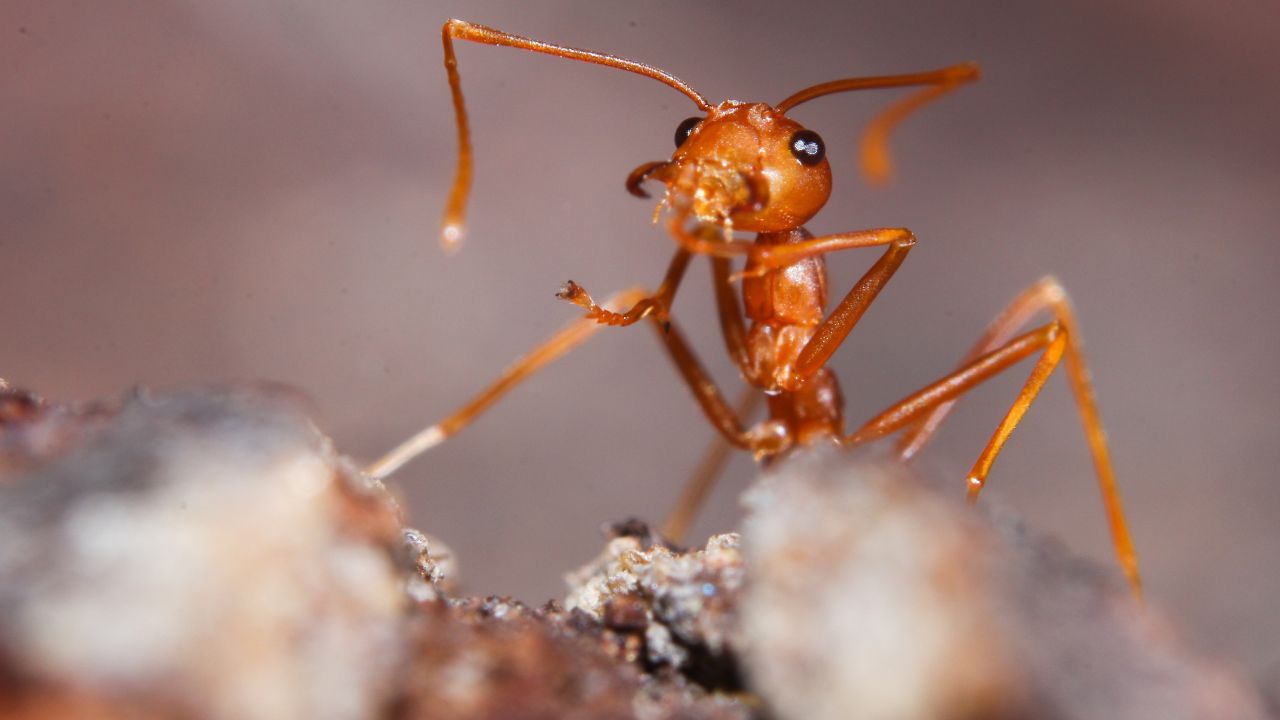
Fire ants deliver painful stings that inject a venom causing severe irritation and, in allergic individuals, potentially life-threatening reactions. These aggressive ants are native to South America but have become invasive in the southern United States, Australia, Taiwan, and other regions. They build large mounds, often in sunny areas.
6. Africanized Honey Bee
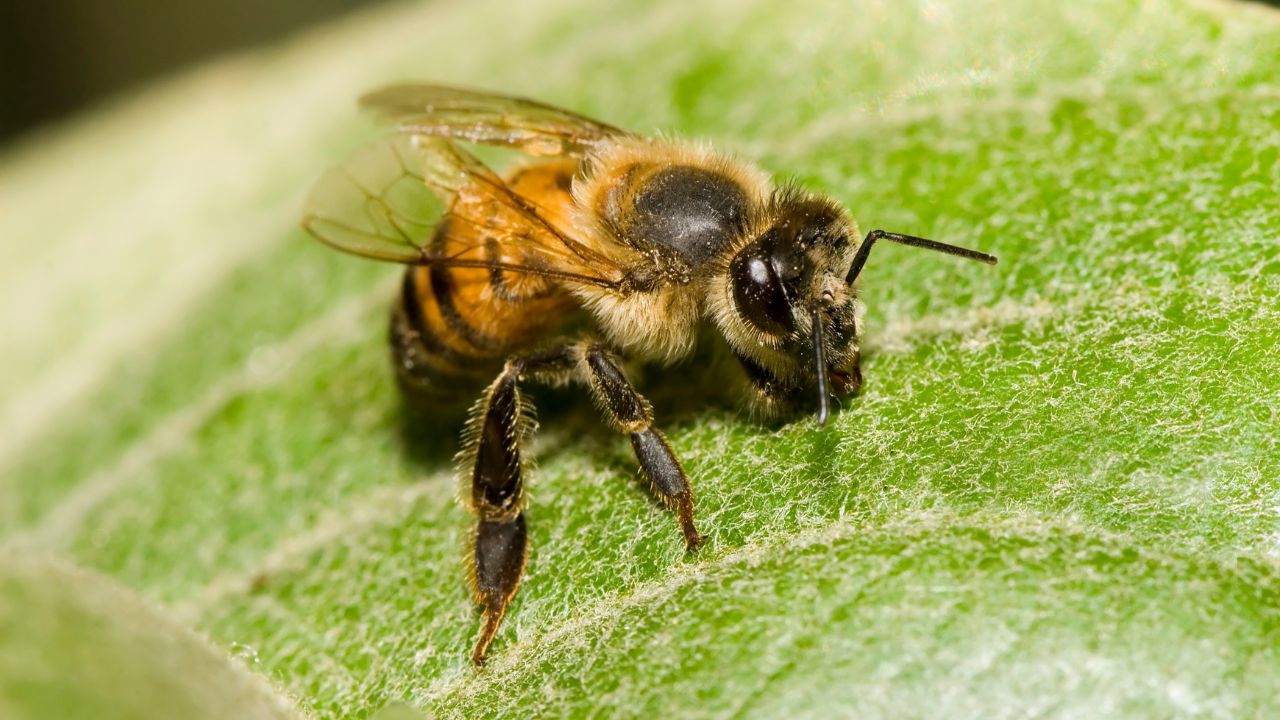
Commonly known as “killer bees,” Africanized honey bees are more aggressive than other honey bee species. They react to disturbances around their hive more quickly and with a larger force. Originally crossbred in Brazil, they have spread through much of South and North America. They are notorious for their relentless pursuit of perceived threats.
7. Deer Tick
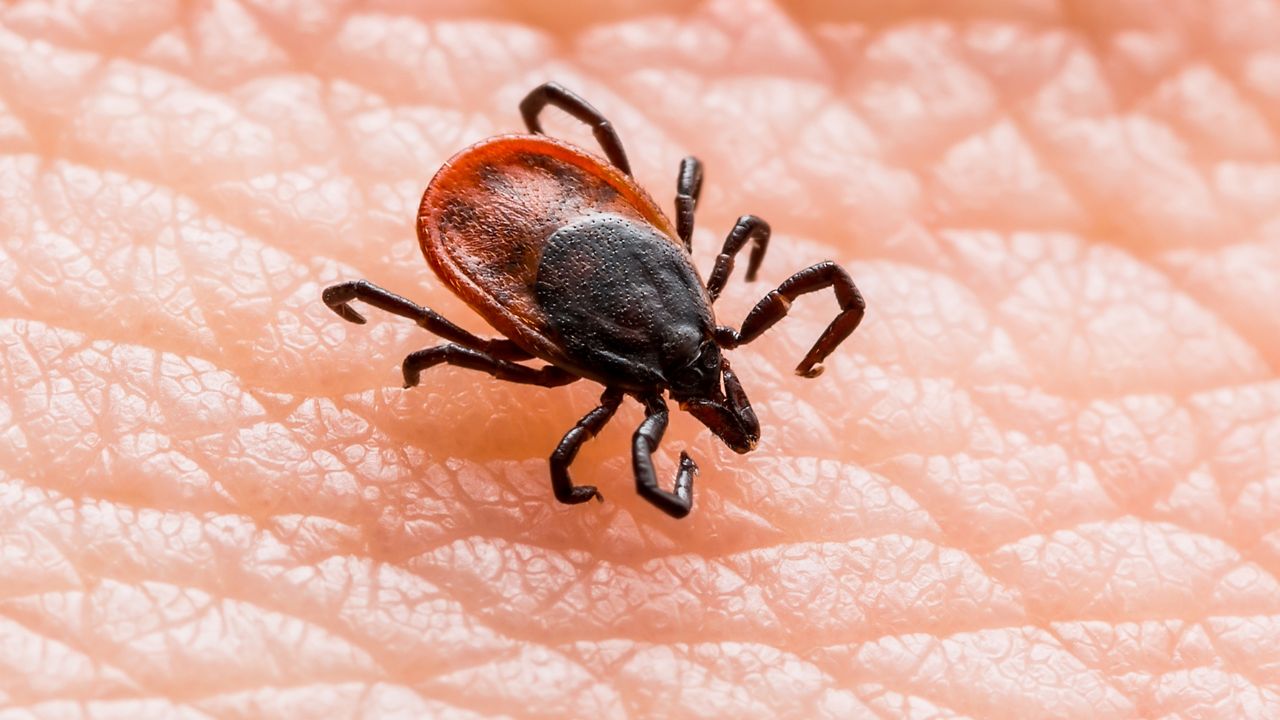
The deer tick is the primary vector for Lyme disease, which can lead to severe long-term symptoms if left untreated. These ticks are commonly found in wooded and highly vegetated areas throughout the northeastern and north-central United States. Checking for ticks after outdoor activities in these areas is essential.
8. Siafu (African Driver Ant)
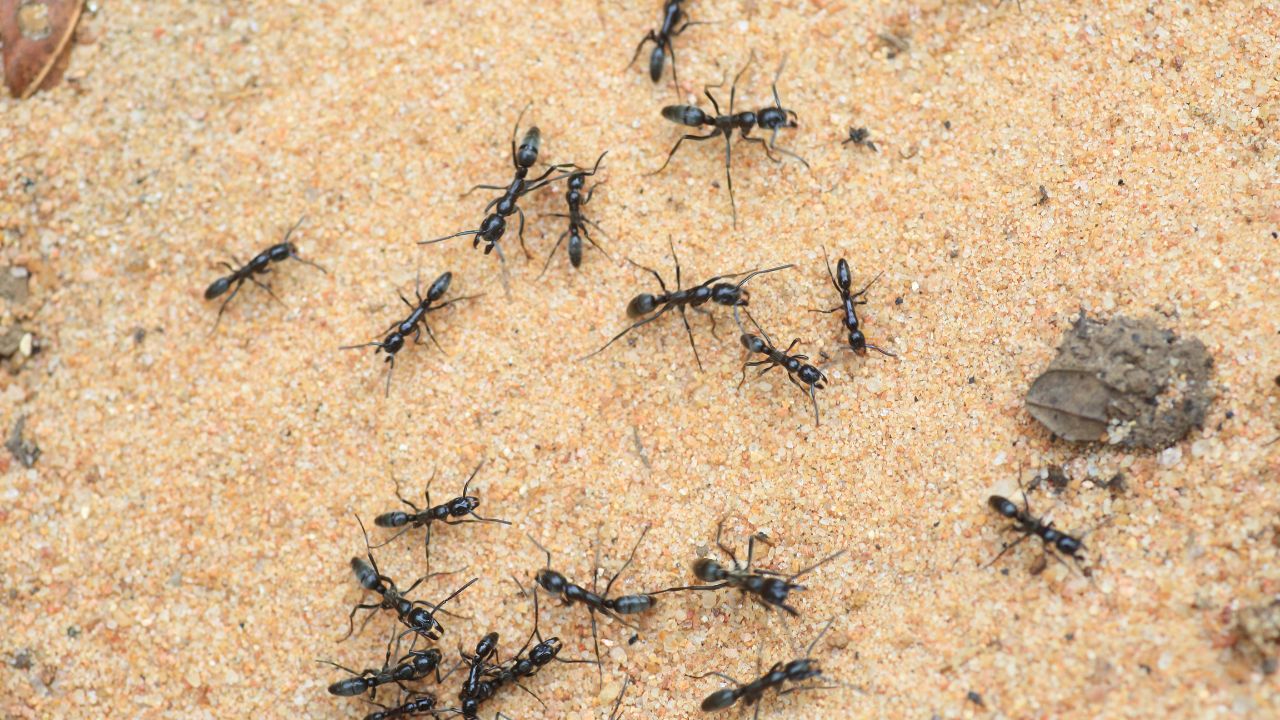
Siafu, or African driver ants, are known for their destructive potential when swarms move through agricultural areas. They have powerful jaws and can inflict painful bites. They are mostly found in central and eastern Africa and typically move in large columns, which can be devastating to anything in their path.
9. Yellowjacket Wasps
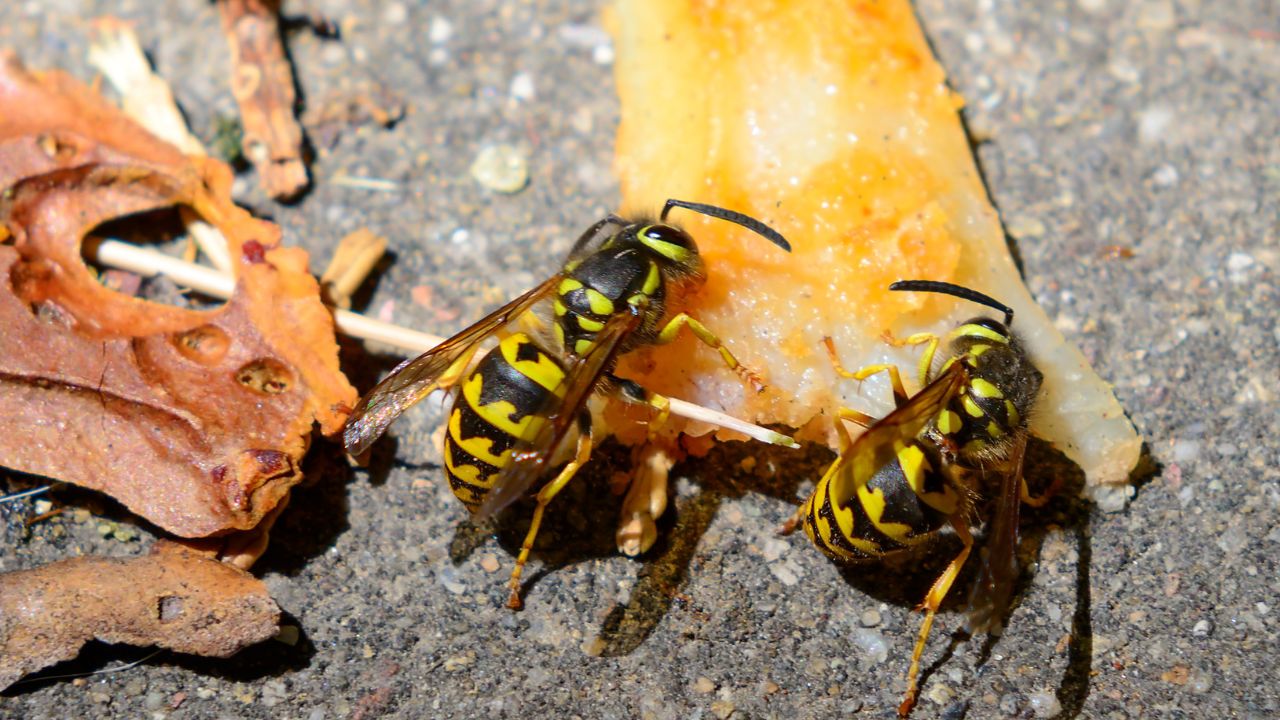
Yellowjacket wasps are aggressive insects capable of stinging multiple times, injecting venom that can cause severe allergic reactions in some people. They are found across North America, particularly in late summer when their populations peak. They often nest underground or in dark, secluded areas.
10. Desert Locust
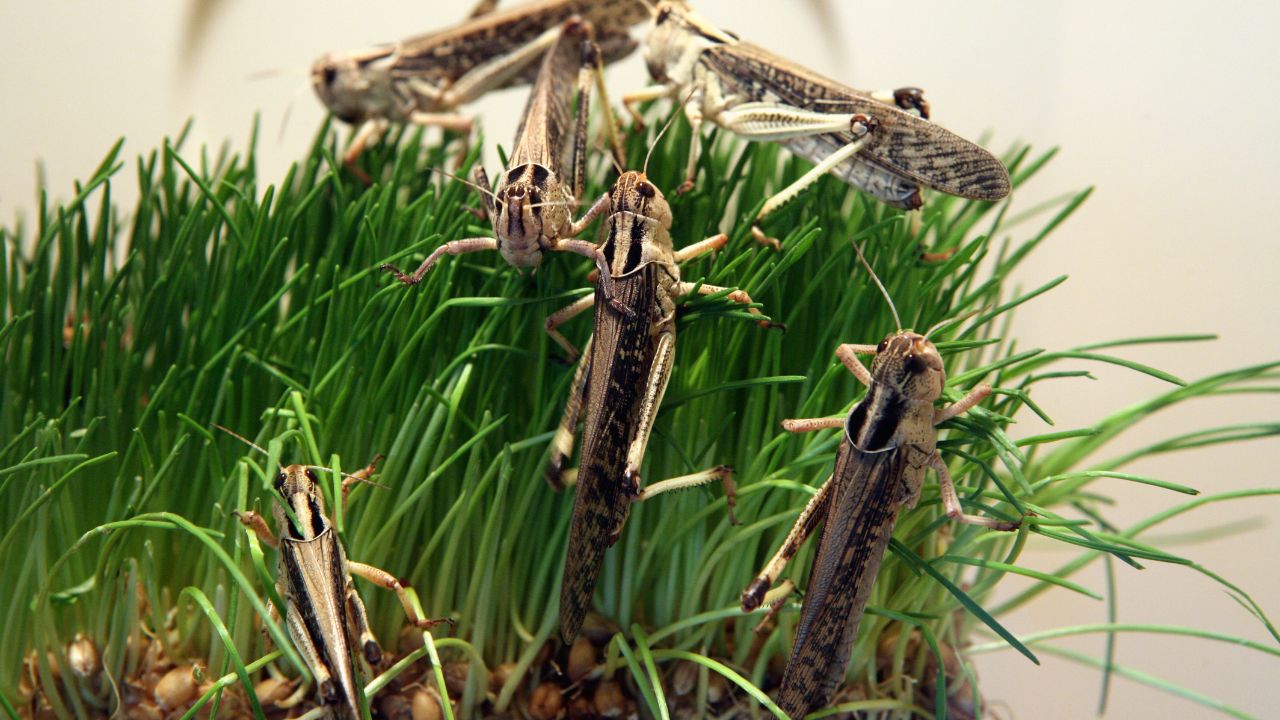
While not venomous or directly deadly to humans, desert locusts can cause catastrophic damage to crops, leading to famine and starvation in severe cases. These locusts are found in Africa, the Middle East, and Asia, thriving in arid or semiarid regions.
11. Bullet Ant
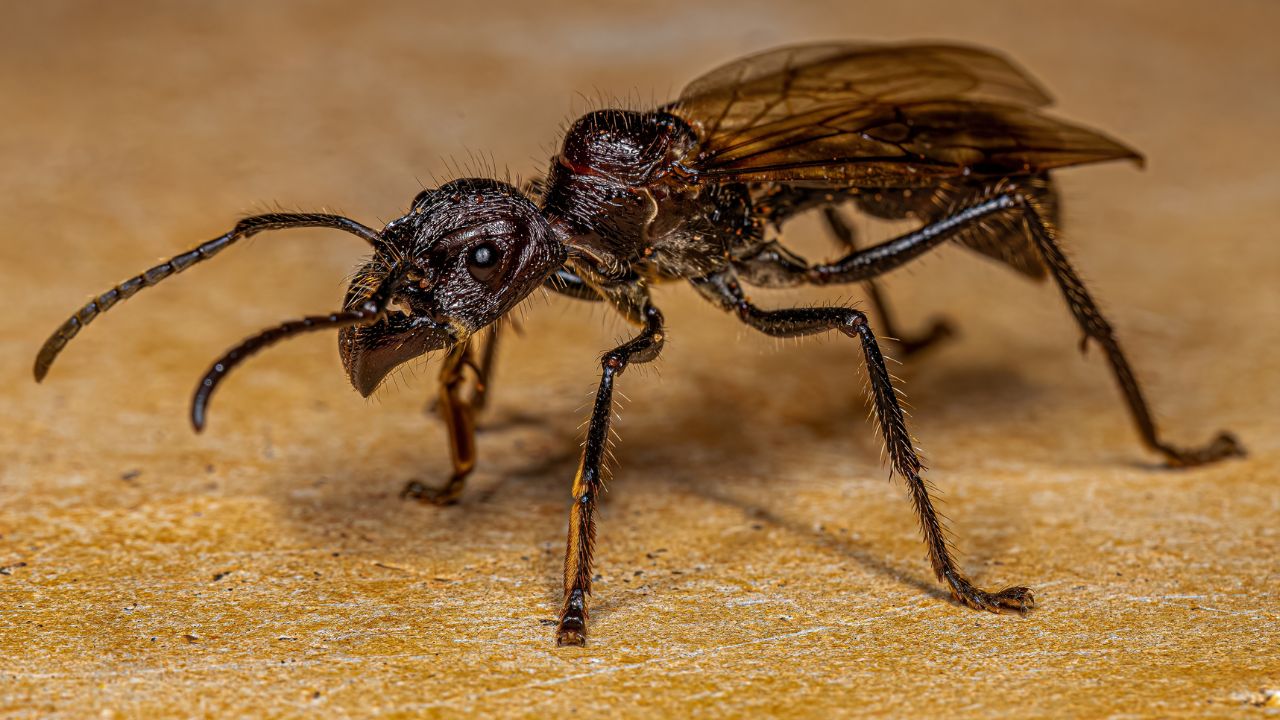
Known for having one of the most painful stings in the world, the bullet ant is found in the humid rainforests of Nicaragua down to Paraguay. The pain from their sting has been compared to being shot, hence their name. They are typically found in the lowland rainforests where they build nests at the base of trees.
12. Bot Fly
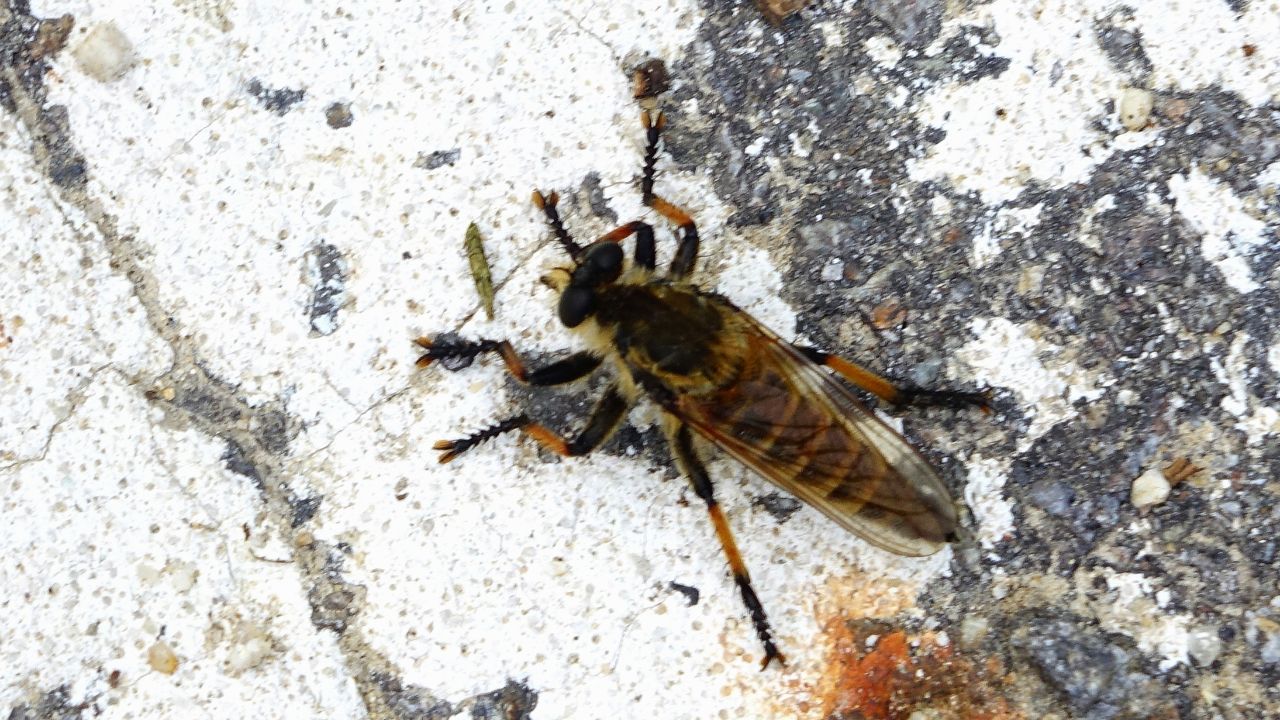
Bot flies are known for their disturbing method of parasitic infestation, where larvae develop within the skin of living mammals. Found in Central and South America, these flies pose a serious health risk to livestock and can occasionally infect humans, leading to painful lesions that must be medically managed.
Becky is a fervent wildlife enthusiast and pet care expert with a diploma in canine nutrition. Her love for animals stretches beyond the domestic, embracing the wild tapestry of global fauna. With over a decade of experience in animal welfare, Becky lends her expertise to OutlandishOwl through insightful articles, captivating wildlife information, and invaluable guidance on pet nutrition. Her work embodies a deep commitment to understanding the intricate lives of animals and a passion for educating others on sustaining natural habitats. Becky's hands-on conservation efforts and her knack for translating complex dietary science into practical pet feeding tips make her an indispensable voice for creatures great and small.

